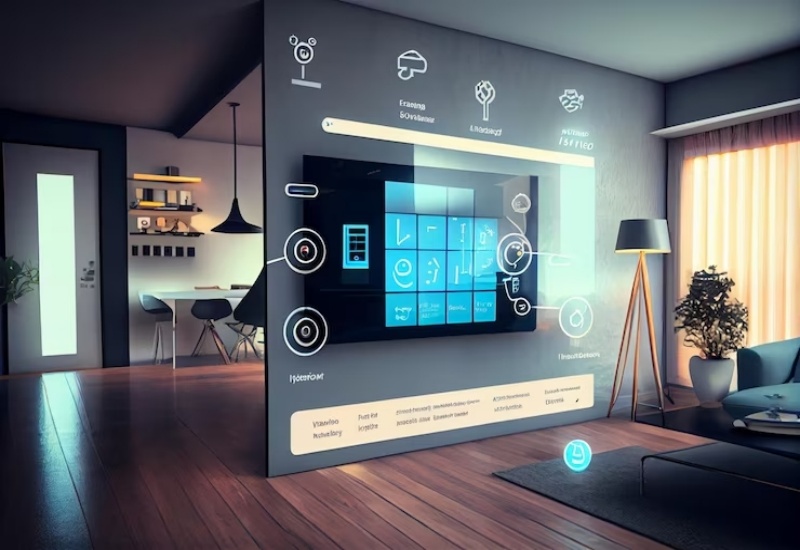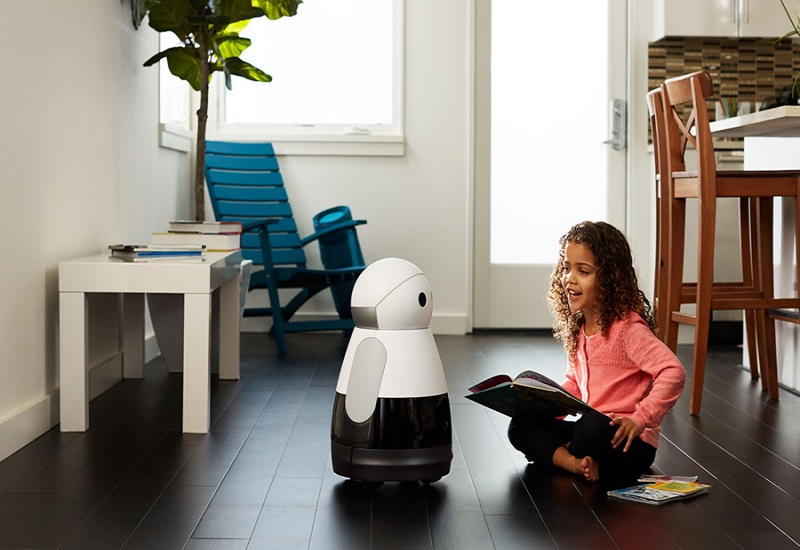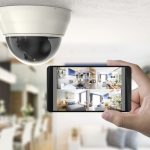Smart lighting systems allow homeowners to control their lights remotely through smartphone apps or voice commands, integrating seamlessly with virtual assistants like Amazon Alexa, Google Assistant, and Apple HomeKit. This level of control means you can adjust your lighting from anywhere, whether you’re at home, at work, or even on vacation. Did you forget to turn off the lights before leaving? No problem simply use your app to switch them off.
One of the standout features of smart lighting is its ability to create personalized lighting scenes. With just a tap or a voice command, you can set the perfect ambiance for any occasion, whether it’s a cozy movie night, a lively dinner party, or a quiet evening of reading. Many smart bulbs also offer tunable white light and a spectrum of colors, enabling you to tailor the lighting to match your mood or activity.

Energy efficiency is another significant advantage of smart lighting systems. Smart LEDs use far less electricity than traditional incandescent bulbs and can be scheduled to turn on or off at specific times, reducing unnecessary energy consumption. Motion sensors can further enhance efficiency by ensuring lights are only used when needed, contributing to lower energy bills and a smaller carbon footprint.
Moreover, smart lighting can enhance home security. Automated lighting schedules can simulate occupancy while you’re away, deterring potential intruders. Integration with security systems allows for responsive lighting that can activate in response to alarms or unusual activity, providing an additional layer of protection.
Installation of smart lighting systems is generally straightforward, often requiring just a replacement of existing bulbs with smart ones and connecting them to your home’s Wi-Fi network.
Smart lighting is a game-changer in home automation, offering convenience, efficiency, and enhanced security. Embracing smart lighting solutions not only elevates your home’s functionality but also contributes to a more sustainable and secure living environment.



